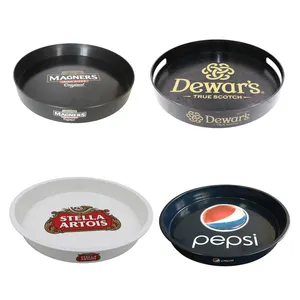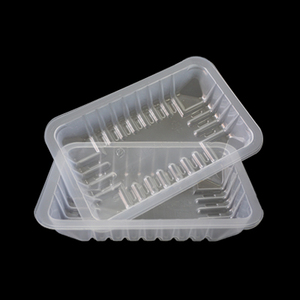

4 6 8 9 10 12 15 16 2030穴透明使い捨てブリザーエッグカートンクリアプラスチックエッグトレイ農家用
すぐに出荷可能
JP¥4 - JP¥7
最小注文: 1000 ピース
1個あたりの配送: JP¥113












プラスチックブリスターアンプルトレイ1ml * 5タイプ使い捨てアンプルパッケージ医療用、アンプルボトルクリアカスタマイズPVC SL-4001A-5
すぐに出荷可能
JP¥3 - JP¥3
最小注文: 10000 ピース
1個あたりの配送: JP¥2








スケールグロー喫煙トレイカスタムロゴライトアップトレイ卸売付き新着プラスチックLedスピーカーローリングトレイ
すぐに出荷可能
JP¥1,555 - JP¥1,738
最小注文: 2 ピース
1個あたりの配送: JP¥2,712






プラスチックトレイについて
Alibaba.comでは246483個のプラスチックトレイ製品を扱っています。プラスチックトレイには、他の食品、ケーキ、スナックなど幅広い種類のオプションがあります。また、プラスチックトレイのps、ppのパルプから選べます。さらに環境にやさしい、耐久性のある、在庫のプラスチックトレイもあります。プラスチックトレイには長方形、正方形、ラウンドがあります。






























































































































































































